Nine out of 10 emails are spam
A report says that 90 per cent of emails are spam, claiming that criminals are combining their attack techniques.
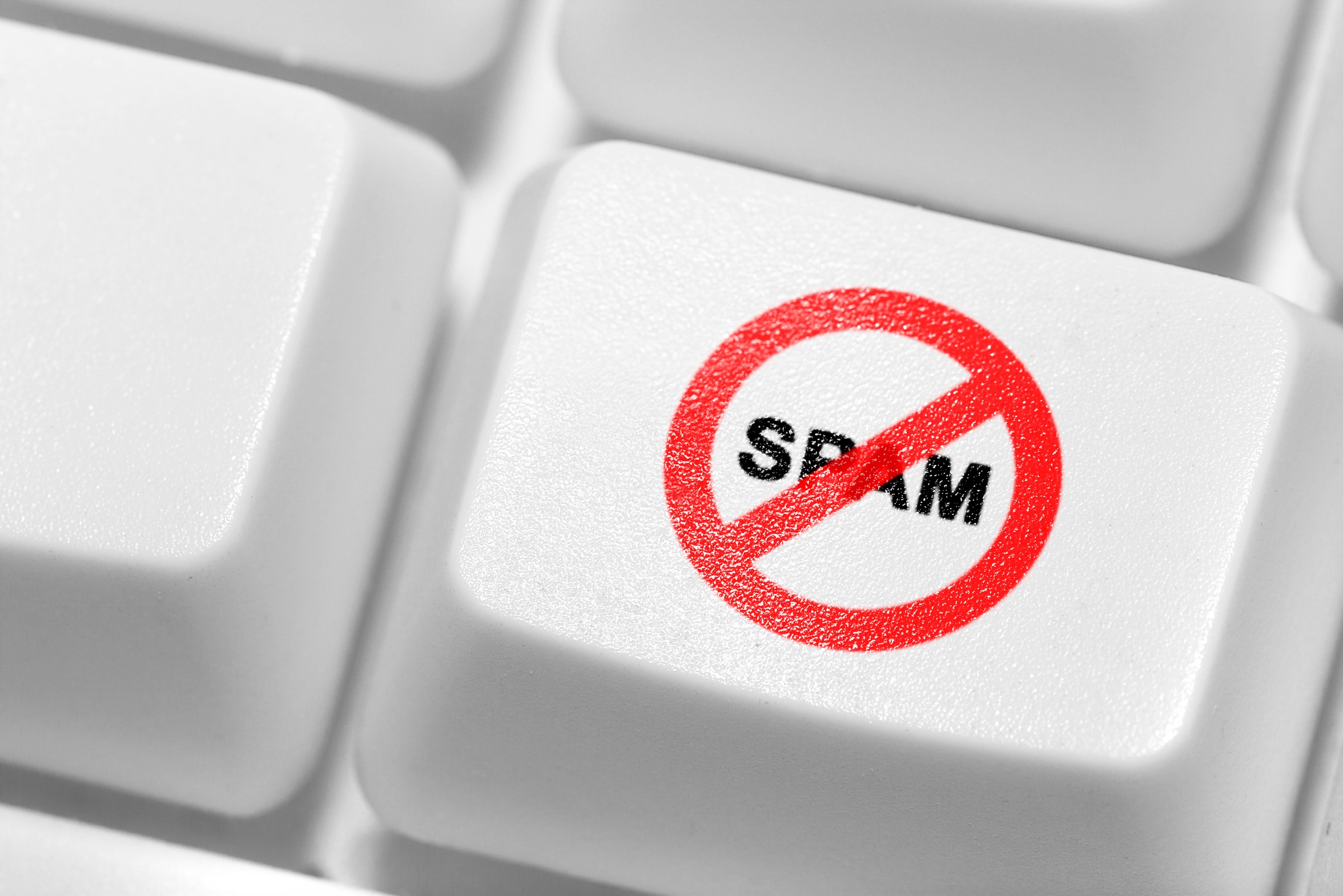
Nine out of 10 emails coming to your inbox are spam, according to security vendor Symantec.
According to the company's MessageLabs Intelligence Report, spam had increased by 5.1 per cent since April, reaching 90.4 per cent.
This is the highest level of spam since September 2007, and is a big increase from only two months ago in March, where spam "only" made up 75.7 per cent of all emails.
Symantec said that the increase in spam for May was due to email messages coming into inboxes that only consisted of a subject line and a hyperlink pointing to a profile on a social network.
It said that the profiles had likely been created using random names and automated CAPTCHA-breaking tools, and were sent using valid webmail providers.
"As spam levels continue to increase, we are seeing existing attack techniques combine and morph into one," said MessageLabs Intelligence senior analyst Paul Wood in a statement.
"In 2008 CAPTCHA-breaking, social networking spam and the use of webmail for spamming all became popular tactics. Today, the bad guys are using the three together as a triple threat to heighten the effectiveness of their spamming."
Get the ITPro daily newsletter
Sign up today and you will receive a free copy of our Future Focus 2025 report - the leading guidance on AI, cybersecurity and other IT challenges as per 700+ senior executives
Interestingly, the report also showed that location determined when a user would receive spam. People in the US saw spam peak at 9am to 10am, while Europeans saw a steady stream of spam during the day.
"These patterns suggest that spammers are more active during the US working day," said Wood.
"This could be because most active spammers are based in the US, or because this is when the spammers' largest target audience is online and likely to respond."
-
 Asus ZenScreen Fold OLED MQ17QH review
Asus ZenScreen Fold OLED MQ17QH reviewReviews A stunning foldable 17.3in OLED display – but it's too expensive to be anything more than a thrilling tech demo
By Sasha Muller
-
 How the UK MoJ achieved secure networks for prisons and offices with Palo Alto Networks
How the UK MoJ achieved secure networks for prisons and offices with Palo Alto NetworksCase study Adopting zero trust is a necessity when your own users are trying to launch cyber attacks
By Rory Bathgate
-
 Malicious WordPress plugin installed backdoor on thousands of websites
Malicious WordPress plugin installed backdoor on thousands of websitesNews Widget plugin spewed spam to unsuspecting victims
By Rene Millman
-
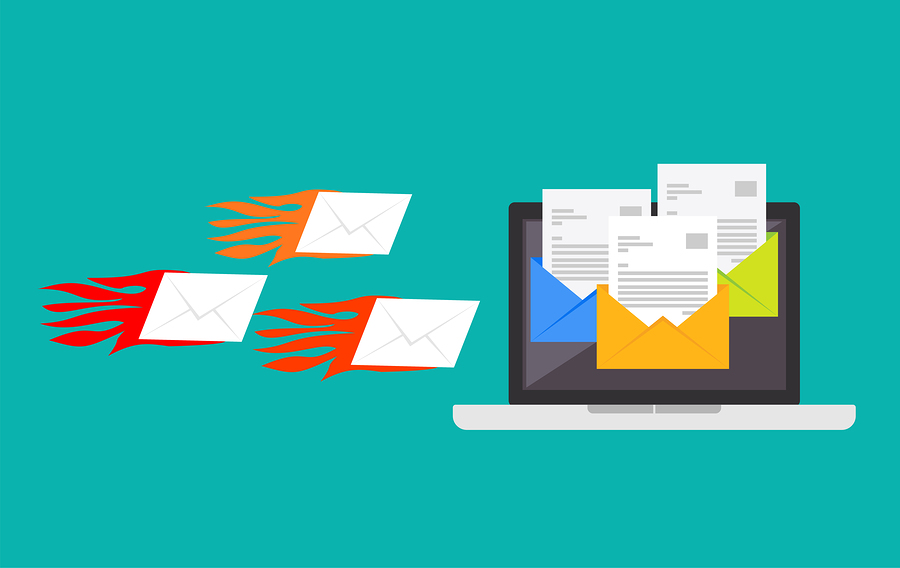 711 million data records revealed in spambot dump
711 million data records revealed in spambot dumpNews The data contains email addresses, passwords and server information too
By Zach Marzouk
-
 Security experts uncover Tinder porn site spam scheme
Security experts uncover Tinder porn site spam schemeNews Chatbots use verification offers to lure in victims
By Adam Shepherd
-
 Spammers selling fake tickets for Rio Olympics 2016
Spammers selling fake tickets for Rio Olympics 2016News Fraudsters have created fake ticketing websites to trick users
By Adam Shepherd
-
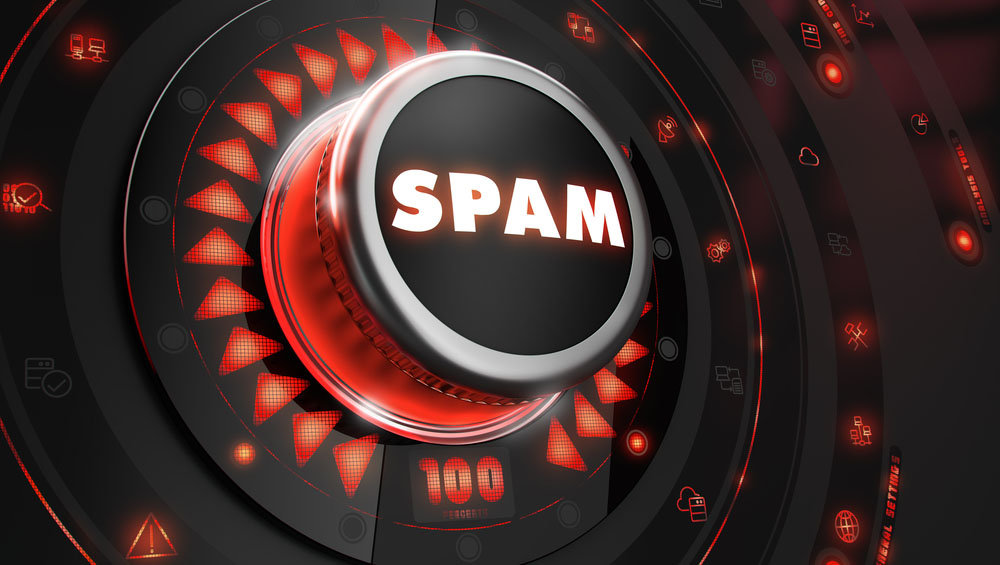 PPI companies punished for sending spam texts
PPI companies punished for sending spam textsNews One company was fined £80,000 for sending 1.3 million texts to unsuspecting victims
By Clare Hopping
-
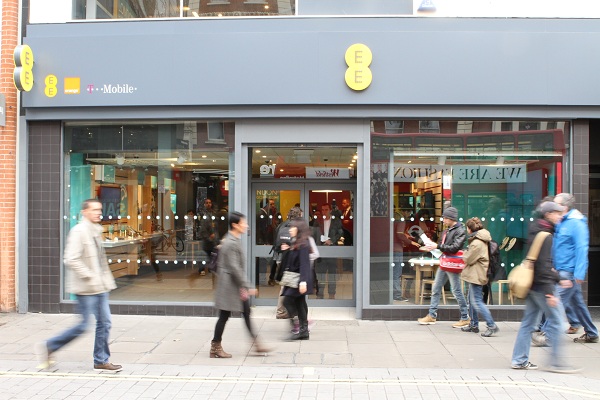 EE fixes spam Orange "Magic Numbers" text message glitch
EE fixes spam Orange "Magic Numbers" text message glitchNews EE in firing line over deluge of spam messages sent to customers
By Caroline Donnelly
-
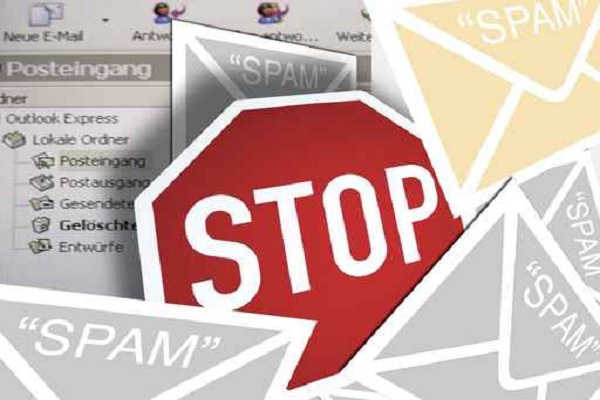 ICO and mobile networks join forces to cut spam text messages
ICO and mobile networks join forces to cut spam text messagesNews EE, O2, Three, Vodafone have all signed up to the scheme that will rely on consumers reporting spam texts
By Clare Hopping
-
 Universal Credit, roaming charges, SMS spam: IT Pro's web comments round-up
Universal Credit, roaming charges, SMS spam: IT Pro's web comments round-upNews Find out what IT Pro readers make of the Universal Credit IT debacle and Three's decision to abolish international roaming charges...
By Caroline Donnelly